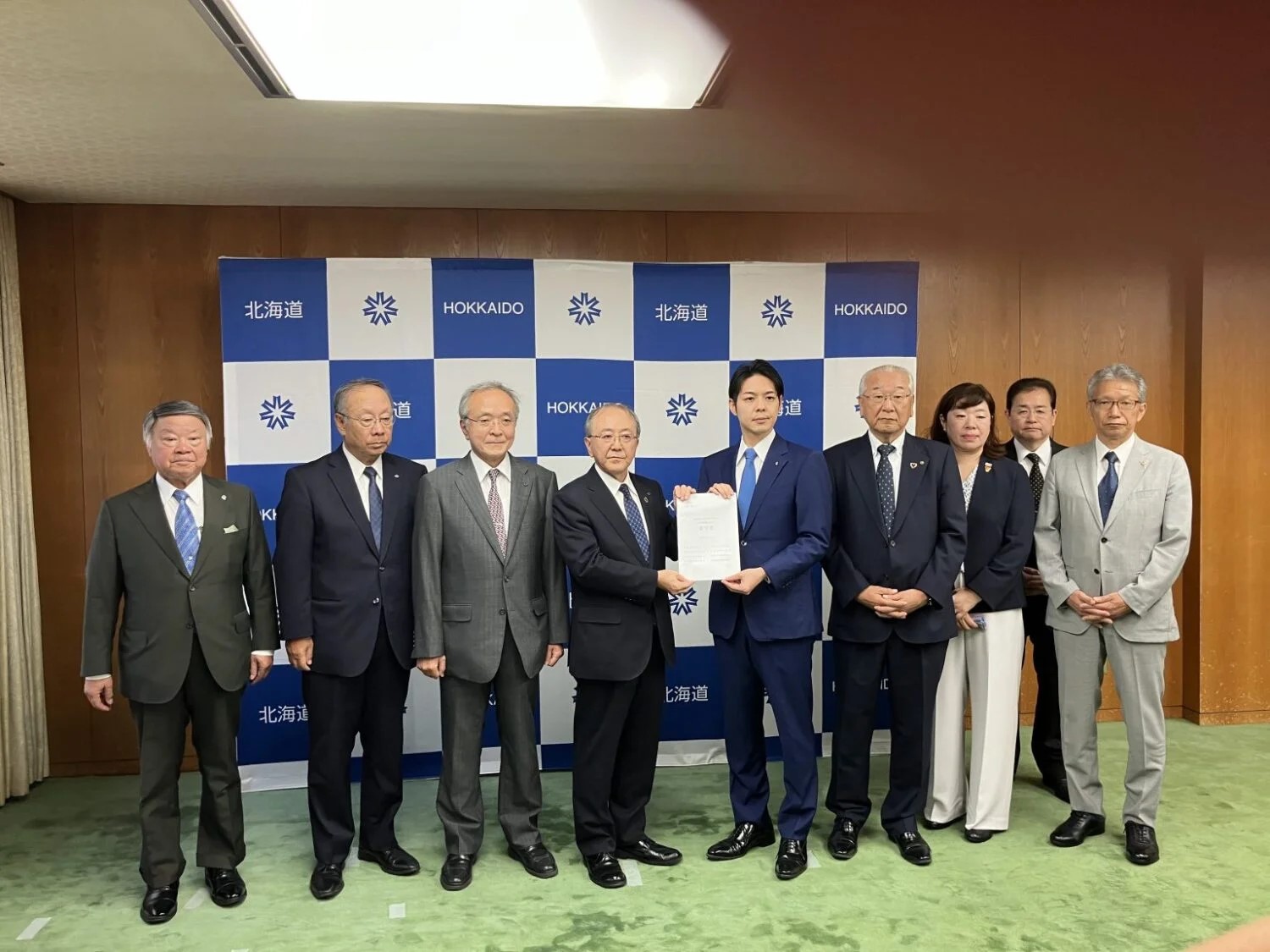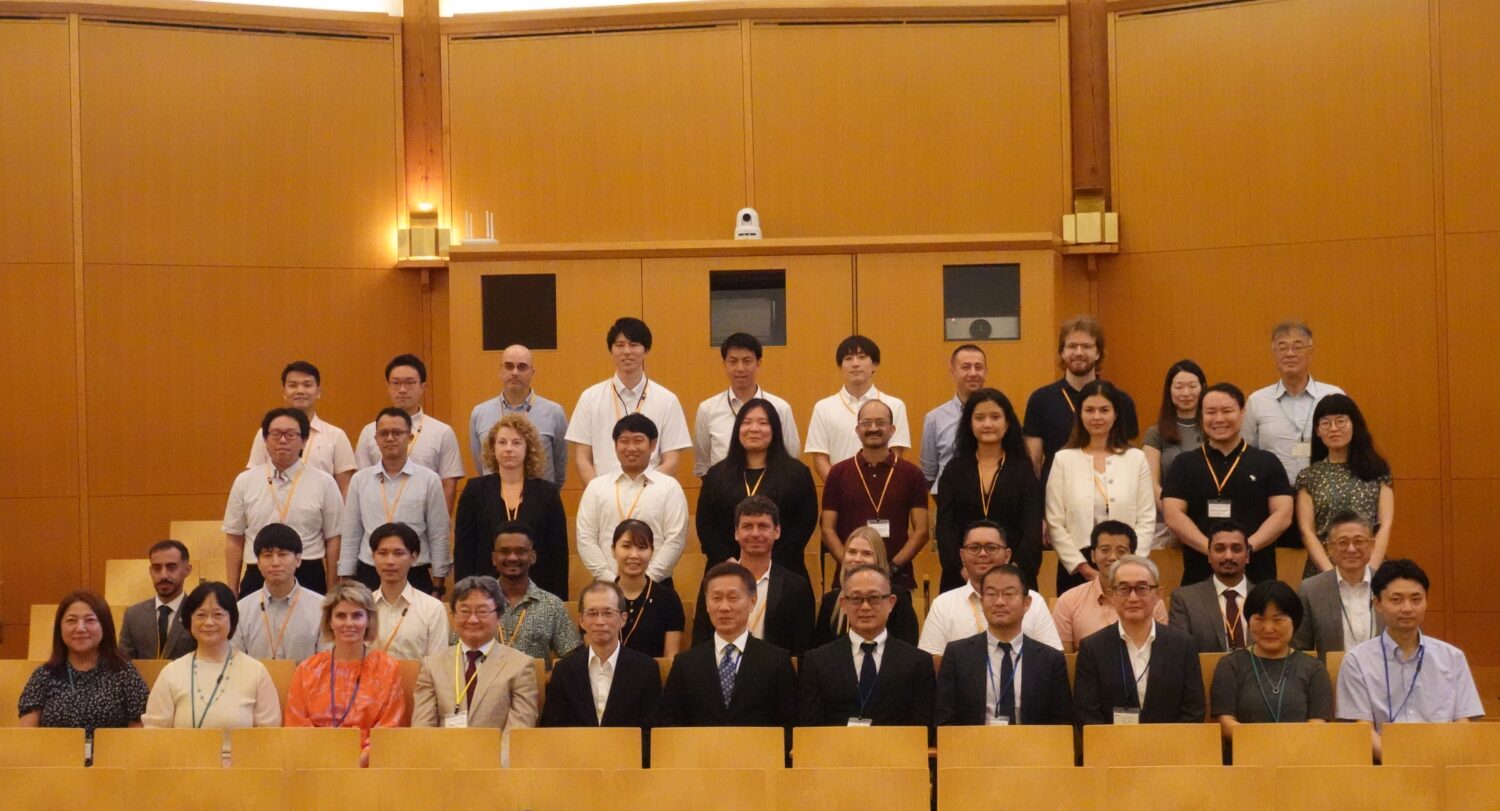The two reactor units passed safety examinations by the Nuclear Regulation Authority of Japan (NRA) in January of this year. Two months ago, then, Saga Governor Yoshiaki Yamaguchi expressed his agreement to restart both units, which are expected to resume operation in the fall.
In its recent ruling, the district court said that it recognized the rationality of the new regulatory standards for the country’s reactors, issued in the wake of the nuclear accident at Fukushima Daiichi NPPs six years ago. It subsequently said that it did find any problems in the measures established for severe accidents at either of the Genkai units, be it due to earthquake-proofing or piping deterioration.
Meanwhile, the anti-nuclear group that opposed the Genkai reactors’ restart claimed that standard ground motion (Ss)—a factor in seismic design—had been underestimated, further pointing to the increased risk of severe accidents owing to piping deterioration.
Citing the possibility of earthquakes similar to a series of quakes registering 7 (on a scale of 1 to 7) on the Japanese seismic intensity scale that struck nearby Kumamoto Prefecture on Kyushu Island in April of last year, the residents’ group argued that safety was not ensured.
Kyushu Electric Power disagreed, saying that standard ground motion (Ss) had been properly established, and that various safety measures were in place in the event of any piping abnormality.



-049.jpg)
.jpg)














